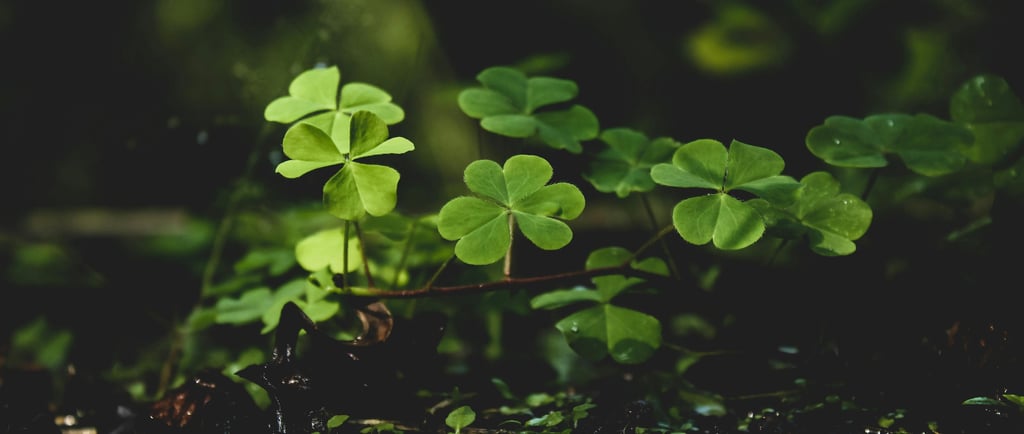Celebrating St. Patrick's Day
A Blend of History and Festivity
3/17/20252 min read


St. Patrick's Day, celebrated on March 17th, is a cultural and religious holiday that honors St. Patrick, the patron saint of Ireland. This day marks the anniversary of his death in the 5th century, and over the years, it has evolved from a solemn religious observance into a vibrant celebration of Irish culture, characterized by parades, music, dancing, and, of course, the color green.
A Brief History of St. Patrick's Day
St. Patrick was born in Roman Britain in the late 4th century. At the age of 16, he was captured by Irish pirates and taken to Ireland as a slave. After six years of captivity, he escaped and returned to his family. Inspired by his faith, he later returned to Ireland as a missionary, working to convert the Irish to Christianity. St. Patrick is credited with using the three-leafed shamrock to explain the Holy Trinity, which is why the shamrock has become a symbol of both Ireland and St. Patrick's Day.
St. Patrick's Day was originally observed as a religious feast day in Ireland, with restrictions on eating and drinking lifted for the day. It became an official public holiday in Ireland in 1903, and in 1970, the Catholic Church declared it a holy day of obligation. As Irish immigrants spread around the world, particularly to the United States, the celebration of St. Patrick's Day transformed into a broader celebration of Irish culture and heritage.
Modern-Day Celebrations
Today, St. Patrick's Day is celebrated worldwide with a variety of activities that showcase Irish culture and traditions. Here are some popular ways to enjoy this festive occasion:
1. Parades and Festivals: Many cities host parades featuring marching bands, dancers, and floats decorated in green. One of the largest and most famous parades takes place in New York City, attracting millions of spectators each year.
2. Irish Food and Drink: Traditional Irish dishes such as corned beef and cabbage, shepherd's pie, and Irish soda bread are commonly served. Many also enjoy a pint of Guinness or other Irish beers, along with Irish whiskey.
3. Music and Dance Live music is a staple of St. Patrick's Day celebrations. Traditional Irish folk music, complete with fiddles, flutes, and bodhráns, can be heard in pubs and at festivals. Irish dance performances, including céilí dancing, add to the festivities.
4. Wearing Green: The custom of wearing green on St. Patrick's Day is said to be linked to the green hills of Ireland and the shamrock. Many people wear green clothing, hats, and accessories to show their Irish pride.
5. Family Activities: For families, St. Patrick's Day can be a fun occasion for crafting shamrock decorations, baking themed treats, or participating in local community events and activities.
6. Cultural Learning: Take this opportunity to learn more about Irish history, folklore, and traditions. Many libraries and cultural centers offer programs and resources related to Irish heritage. St. Patrick's Day has grown from a religious observance into a global celebration of Irish culture, bringing people together through food, music, and community spirit. Whether you are Irish or just enjoy the festivities, it’s a day to celebrate joy, friendship, and the vibrant traditions that make up the rich tapestry of Irish heritage. So, don your green attire, raise a glass, and join in the celebrations!
